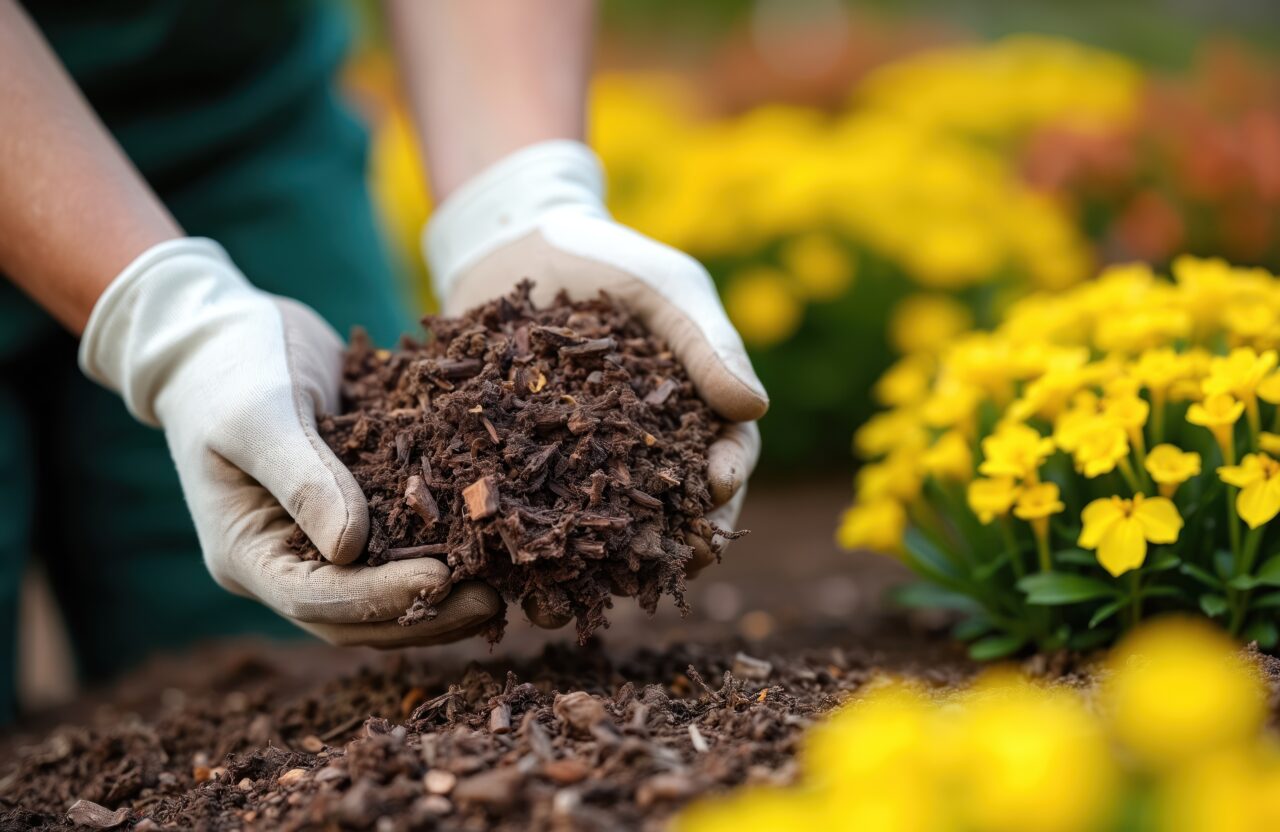Under the heat of the Florida sun, many plants can live long, healthy lives–that is, if you take care of them. Mulching is a big part of landscaping maintenance in the Floridian heat, retaining moisture, regulating temperatures, and providing shade. Here’s why mulch is essential to a successful landscape, and how to tell when yours may need a refresh.
READ MORE: DIY-ing Irrigation Audits & Increasing Water Efficiency
Signs It’s Time to Replace Your Mulch & Why Florida Heat Matters
Why Heat Matters
Summers in Florida are characterized by the University of Florida as a “humid subtropical climate” meaning traditional plants will struggle while more exotic plants may thrive. For example: tomatoes. In Central Florida, the temperatures reach over 90 degrees Fahrenheit, making it difficult for the plants to produce fruit. Of course, timing is everything when planting your crops, but one thing that can drastically improve your plant’s quality of life can be the conditions of its soil.
According to the University of Florida, mulching “helps retain and regulate temperature, while providing shade can protect sensitive plants from the scorching sun.” With mulching, the lack of sunlight will keep weeds from popping up as well.
Scholars recommend these types of mulch to begin:
-
- Pine Bark
- Pine straw
- Fallen leaves
- Melaleuca mulch
- Eucalyptus mulch
- Utility mulch
Signs Fresh Mulch is Needed
Mulch should be refreshed twice a year to maintain your landscape’s health. To prevent the soil from compacting, shredded mulch should ideally be raked every two months.
Not sure if your mulch needs a refresh? Watch for these signs:
- Mulch is faded, brittle, gray
- Weeds are popping through
- Layers thinned to less than 2 inches
- Still dry after watering
- Mulch smells sour or moldy
Additionally, when replenishing your mulch, the University of Florida recommends maintaining 2-3 inches of depth.
Visit our Contact Us page to learn more about soil care from a professional.


